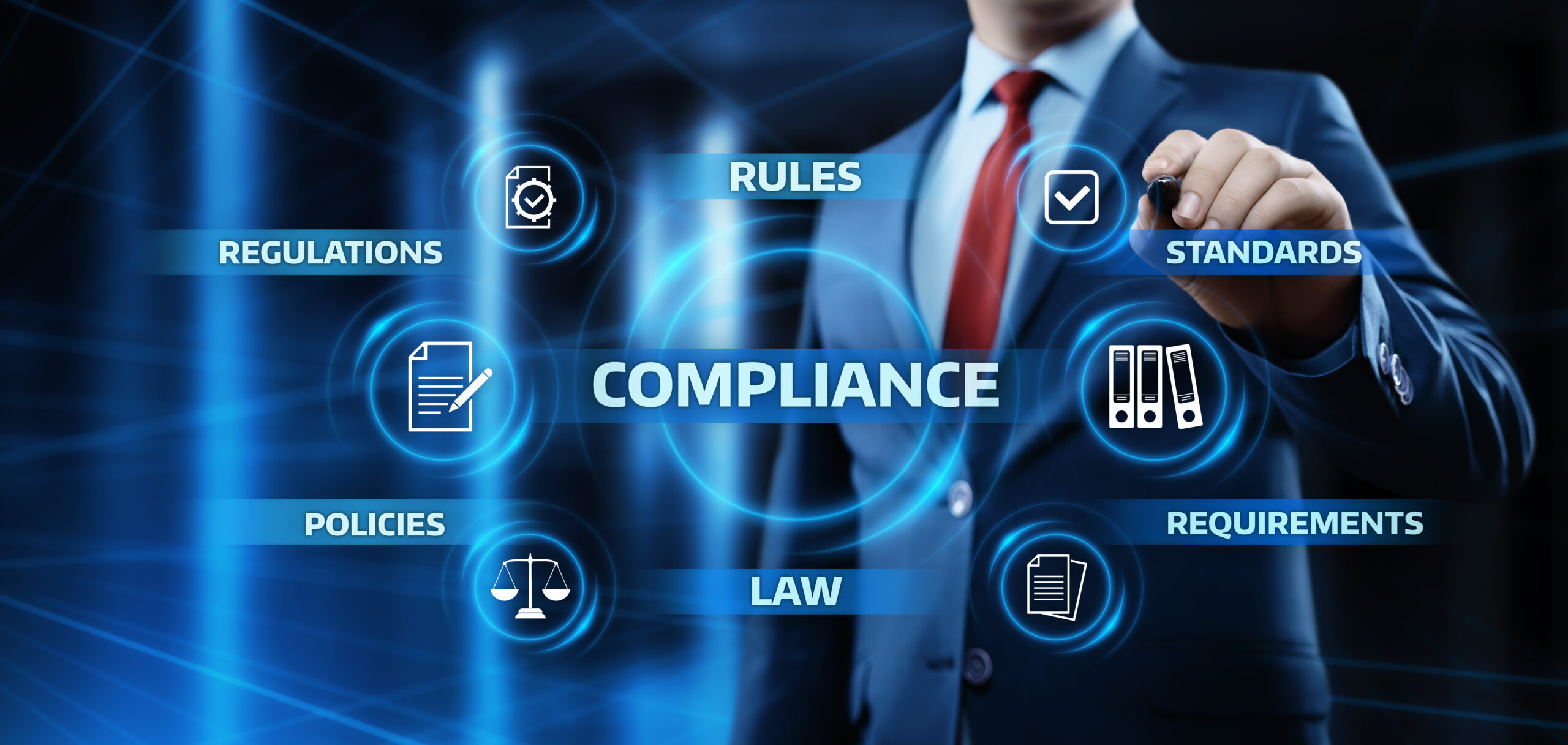Login to AFB Member Portal
Forgot login details? Recover your login details/create a password
07/06/2024
The opinions expressed in this blog are those of the authors. They do not necessarily reflect the views or positions of AFB or its members.
As geopolitical tensions simmer and regulatory expectations rise, financial institutions (FIs) are once again grappling with an age-old dilemma: How do I know if a person or entity is safe to do business with? This was a key concern in a recent roundtable I hosted with The Association of Foreign Banks (AFB) and ComplyAdvantage, where compliance representatives from UK foreign banks gathered to discuss ‘Identifying Customer Risk Using Real-Time Risk Scoring – Approaches to PEPs, Sanctions, and Watchlist Screening.’ Discussions centered around how the traditional compliance playbook now feels increasingly inadequate in the face of evolving threats and technological advancements. Outdated systems strain to keep pace with the labyrinth of intricacies that make up financial transactions today, causing firms to feel themselves falling behind, burdened with manual processes and unnecessary noise.
This article summarizes the key themes we discussed at the roundtable, including the characteristics of an intelligence-led approach to customer screening and its practical applications.
It was perhaps no surprise that navigating and managing diverging sanctions regimes emerged as a central challenge among the banks represented. With sanctions lists updated on various schedules and compliance standards differing across jurisdictions (e.g., the 50 Percent Rule), customer screening quickly becomes complex. Compounding this issue, data from different sanctions lists is often stored in varying formats across multiple databases. Analysts face a deluge of duplicated alerts without robust name-matching technology, leading to an overwhelming alert backlog and operational strain.
Against this backdrop, attendees unanimously advocated for a more sustainable approach to customer screening, one that extends beyond mere identity verification, casting a wider net to gather more intelligence on an entity’s network to help generate a more accurate, dynamic customer risk score.
"An intelligence or threat-led approach goes beyond these basic verification and screening processes, looking at adverse media and analysing different connections between customers – such as shared addresses and telephone numbers – to create a holistic and more accurate view of customer activity."
In traditional know your customer (KYC) processes, verifying the customer’s identity and screening their name against sanctions or watchlists is not enough to determine the extent of potential risk they may expose a business to. This is largely because customer screening and standard monitoring are often executed without considering the underlying criminal activities or the different stages of money laundering that may be at play. Adding to the inadequacy of this process, international branches of foreign banks frequently face the reality that their KYC policies and processes are mandated by their head office in a different jurisdiction – despite the variations in customer risk that occur from country to country.
An intelligence or threat-led approach goes beyond these basic verification and screening processes, looking at adverse media and analyzing different connections between customers – such as shared addresses and telephone numbers – to create a holistic and more accurate view of customer activity. By widening the scope of information gathered on an entity, compliance teams can more clearly identify potential money mule activity, mitigate organized crime efforts, and ultimately better understand who they’re doing business with. Without this holistic assessment, some attendees pointed out the inevitability of producing customer risk scores that lack depth and accuracy, making them of little value to the analysts and automated systems that use them to make decisions.
From a transaction monitoring perspective, an intelligence-led approach involves creating specific rules linked to actual red flags and typologies identified by regulators, making the alerts more meaningful than just standard alerts used across all transactions.
"By prioritizing this kind of “enhanced” horizon scanning, firms could identify potentially unstable jurisdictions, apply enhanced measures on relevant customers, and mitigate associated risks before sanctions lists are even updated."
Ultimately, by taking an intelligence-led approach, firms end up looking at more than just the customer in question. Adverse media screening can help provide this more rounded view of customer activity, but could this be taken further?
In addition to incorporating adverse media hits into the customer screening process, attendees considered whether regional news could help anticipate geopolitical situations and update country risk scores.
Expanding on this notion, participants discussed how monitoring geopolitical risks could also help enhance sanctions mitigation efforts. Traditional sanctions screening efforts rely heavily on data provided by external sources, but what if a more proactive approach was taken? One attendee suggested combining adverse media with published insights from reputable economists and political scientists to forecast potential geopolitical turmoil. This would help inform the level of due diligence firms should apply to customers operating in those territories. By prioritizing this kind of “enhanced” horizon scanning, firms could identify potentially unstable jurisdictions, apply enhanced measures on relevant customers, and mitigate associated risks before sanctions lists are even updated.
A question was also raised about how firms should monitor the effectiveness of their sanctions screening processes. While the Financial Conduct Authority (FCA) and many other European regulators have previously sought to help in this respect – providing firms with a list of names to screen to check for accurate alert generation – participants found these synthetic tests needed to be refined.
The absence of specific instructions on configurations or recommended lists to screen against hindered firms’ ability to conduct thorough evaluations of their screening processes. Moreover, there was a general consensus that regulators’ feedback often lacked depth, making it challenging for them to identify and address any shortcomings effectively.
In addition to this regulatory challenge, participants noted a gap in knowledge from some regulators regarding the intricacies of different screening algorithms and configurations. To address this issue, participants suggested that regulators and screening vendors should collaborate during the testing process. This would allow them to pool their expertise and provide comprehensive guidance to firms on how to conduct thorough tests with actionable results. Such collaboration would be particularly important if more firms began adopting an intelligence-led approach to customer screening, as more data points are utilized, requiring continual review to identify screening effectiveness against emerging threats.
"Poor data not only undermines a risk-based approach and leads to inefficiencies but also means firms can never be sure they are operating according to the most recent regulatory requirements."
But practically speaking, how can firms move towards this holistic approach to customer screening? Solutions that offer real-time customer risk scoring are a big piece of the puzzle, but even the most dynamic of features aren’t worth their weight in gold if these three crucial elements are missing:
Poor data not only undermines a risk-based approach and leads to inefficiencies but also means firms can never be sure they are operating according to the most recent regulatory requirements. Those concerned about the quality of their customer or financial crime data can examine their current solution with the following questions:
To ensure efficacy in risk management, firms should focus on fine-tuning their screening processes to match specific risk indicators rather than broadly applying measures. This involves collaborating with subject matter experts to identify and align screening efforts with precise risk factors. For instance, instead of a blanket approach towards anyone or activity from a sanctioned country, a more nuanced strategy would involve assessing the risk of specific sanctions violations based on the customer’s sector, such as semiconductors or pharmaceuticals, and their operating jurisdictions. Incorporating features like custom fuzzy matching can enhance the process by catching variations in names, thus allowing for a wider net when necessary but in a focused and intentional manner. This strategic approach is likely to be more effective in identifying relevant risks without unnecessary over-compliance.
Ingesting more intelligence on a customer’s network is one thing, but without a way to visualize the insights from different sources in one place, teams will continue to struggle with accurately assessing and monitoring the level of risk associated with a particular customer. An effective solution should provide all relevant information on a single screen – including insights into team workload and performance, sources of noise, customer risk level, and rule performance – to allow for quick and easy decision-making regarding customer onboarding or ongoing monitoring.
Uncover the top trends shaping today’s financial landscape and their implications for 2024 in ComplyAdvantage’s State of Financial Crime report.
ComplyAdvantage is the financial industry’s leading source of AI-driven financial crime risk data and fraud detection technology. ComplyAdvantage’s mission is to neutralize the risk of money laundering, terrorist financing, corruption, and other financial crimes. More than 1,000 enterprises in 75 countries rely on ComplyAdvantage to understand the risk of who they’re doing business with through the world’s only global, real-time database of people and companies.
Learn more about ComplyAdvantage on their website
12/03/2025

26/02/2025

10/12/2024

28/11/2024

13/11/2024

11/10/2024

30/09/2024

23/09/2024

18/09/2024

30/07/2024

18/07/2024

04/07/2024

24/01/2024
Forgot login details? Recover your login details/create a password
